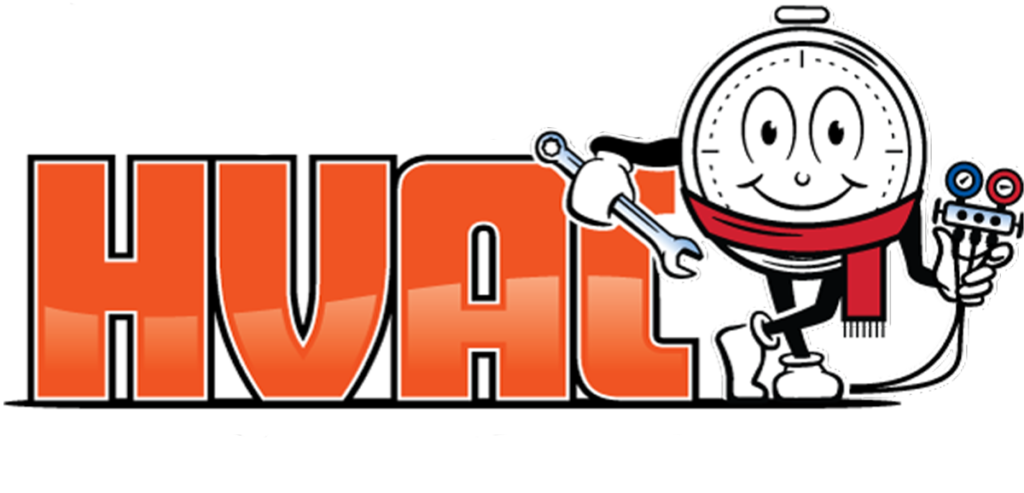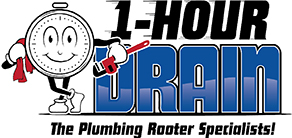When it comes to drainage inspection in the Bay Area, addressing potential drainage issues is crucial to prevent water damage and maintain the integrity of properties. Here’s a guide on how drainage inspections are typically conducted in the Bay Area:
- Initial Consultation:
- Begin by scheduling an initial consultation with a qualified drainage inspector or a professional landscaping company that specializes in drainage solutions.
- Discuss any specific concerns or issues you may have regarding drainage on your property.
- Site Visit and Assessment:
- The drainage inspector will conduct a thorough site visit to assess the current drainage conditions.
- Evaluate the topography, soil composition, and existing drainage features.
- Identification of Drainage Issues:
- Identify any existing drainage issues such as poor water runoff, standing water, erosion, or water accumulation near structures.
- Determine if the property has sufficient drainage features in place or if modifications are needed.
- Evaluation of Existing Drainage Systems:
- Assess the effectiveness of current drainage systems, including gutters, downspouts, and surface drainage features.
- Check the condition of existing drains, pipes, and culverts.
- Soil Percolation Testing:
- Conduct soil percolation tests to evaluate the soil’s ability to absorb water.
- This information helps in designing appropriate drainage solutions.
- Recommendations and Drainage Plan:
- Based on the assessment, the drainage inspector will provide recommendations for addressing identified issues.
- Develop a comprehensive drainage plan that may include the installation of additional drainage features or modifications to existing ones.
- Cost Estimate:
- Provide a cost estimate for the recommended drainage solutions.
- Discuss the timeline for implementation and any potential permits required.
- Implementation of Drainage Solutions:
- Upon approval, proceed with the implementation of drainage solutions.
- This may involve installing new drainage systems, improving existing ones, or incorporating landscaping features to redirect water flow.
- Quality Assurance and Inspections:
- Conduct quality assurance inspections during and after the implementation to ensure the effectiveness of the drainage solutions.
- Address any issues promptly to avoid future problems.
- Educate Property Owners:
- Provide property owners with guidance on proper maintenance practices to keep drainage systems functioning optimally.
- Educate them on signs of potential drainage issues and the importance of timely intervention.
- Follow-Up Inspections:
- Schedule follow-up inspections to ensure the continued effectiveness of the drainage solutions.
- Make adjustments or improvements as necessary.



